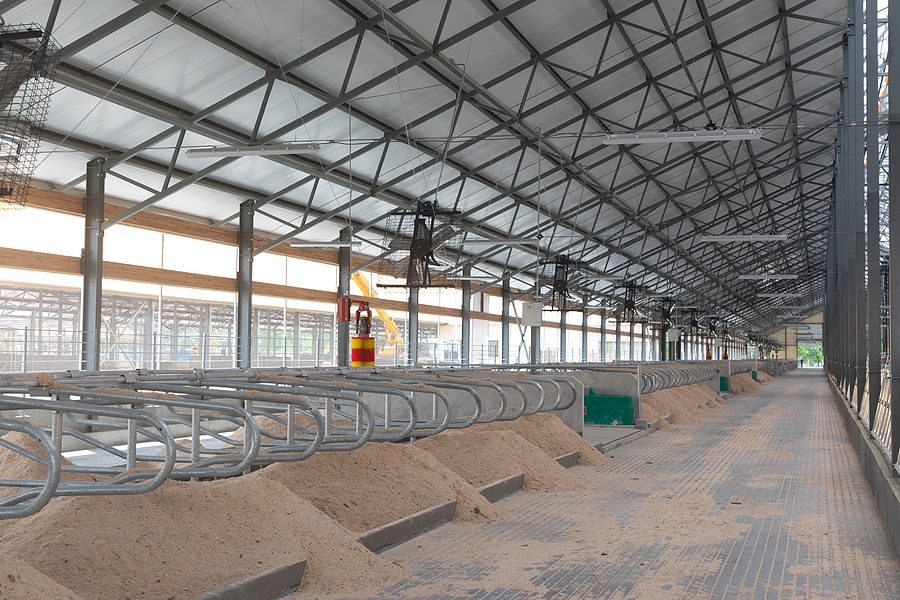As awareness increases about the impact of consumer culture on the global ecology and climate, people are increasingly demanding that the companies that supply their products and services, all the way up the supply chain, become more careful and responsible regarding their environmental impact. This is true even in renewable industries driven by wood and wood packaging – planting new trees doesn’t reduce the impact of the wood packaging that ends up in landfills.
That’s why the wood pallet industry is focused so strongly on a circular economic model, in which pallets are designed from the beginning with the intent of being reused and re-manufactured until the end of the useful life of their component planks, at which point the wood is recycled into other useful products, including sawdust that can be used as mulch, animal bedding, or biofuel. In an effort to reduce waste at all stages of pallet production, the sawdust produced as a by-product of sawing and milling new lumber at the beginning of the pallet life cycle can also be directed to these uses. Thanks to these efforts by the pallet industry to invest in recycling and finding new uses for the wood fibers from damaged pallets, only 2.6 percent of wood pallets ended up in landfills in 2016, down 90 percent from twenty years earlier, according to studies from 1995 and 1998.
Saw Dust for Horse Bedding
The use of bulk sawdust for animal bedding may be useful for commercial farming and ranch operations, depending on the content of the sawdust and the needs of the farm and the animals. For instance, sawdust and wood shavings are commonly used as bedding for horses, but some horses are prone to allergies. In these cases, looking for green sawdust from the beginning of the pallet life-cycle, before the wood was kiln-dried, is advantageous because this kind of sawdust is less “dusty” – it has fewer fine particulates for the horse to inhale. The other consideration is what kind of tree produced the lumber that has been rendered into sawdust or shavings. Pine and cedar are excellent choices for horses, but black walnut is toxic.
Saw Dust Bedding for Dairy Cows
Sawdust also makes excellent bedding for dairy cows and for poultry. When pallets are designed from the start with recycling in mind, they can be constructed such that their components are free from contaminants like glue and paint, which can be unhealthy for animals that bed down in the shavings. Sawdust and shavings that come from the beginning of the pallet making life-cycle are similarly free of contaminants, making them another excellent source of sawdust for animal bedding.
With the right moisture balance, wood shavings and sawdust help keep animals clean and dry. This is particularly essential for poultry, and sawdust is an excellent choice for urine and ammonia absorption, as well as odor and insect control. The right sawdust bedding can help keep your animals cleaner and healthier.
Sawdust Bedding for Poultry
Another important use for sawdust in chicken and poultry farming settings is being pioneered by researchers at West Virginia University. These researchers have observed that one of the most commonly used heat sources for agricultural buildings is propane, but that propane heating tends to create excess moisture, and this wet heat tends to contribute to and exacerbate health problems in poultry. Propane heat also produces more ammonia, which likewise has negative effects on bird health.
The WVU researchers’ proposed solution is to use wood sawdust and other wood byproducts to burn in a wood boiler system connected to a heat exchanger that produces dry heat from a fan. This dry heat keeps the animals’ litter and bedding dry, which improves the health of the birds. A major indicator of poultry health is the presence or absence of sores on the birds’ feet, caused by standing in damp litter. In addition to being indications of illness and suffering for the chickens, the presence of sores on the foot pads also devalues the birds in areas that cater to traditional Asian markets, in which that part of the chicken’s body is used in cooking. As such, there are both economic and humane incentives to move away from propane-based heating for poultry buildings and toward the drier form of heat produced by wood by-products such as sawdust.
When the wood packaging industry designs and constructs pallets with reuse, remanufacturing, and eventual recycling of the wood fibers for other uses in mind, the entire process can be streamlined, produce less waste, and result in a better recycled product for the customer interested in sawdust bedding for livestock or other animals.
Sawdust and wood byproducts can be collected at every stage of the manufacturing process to ensure that there are sawdust products to suit every customer’s needs. Sawdust animal bedding is both an economical option and a healthy choice – both for your livestock and for the planet.
Contact
Greenway Products & Services to discuss your sawdust needs. Contact us with any questions you may have, and for a quote.




Leave A Comment